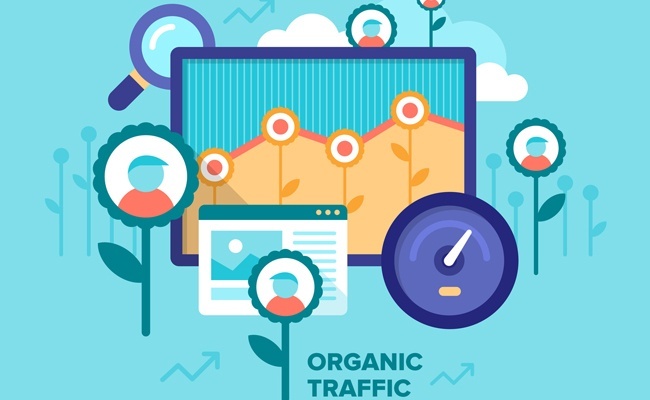It is estimated that 89% of customers begin their buying journey with a search engine. Think about that. Think how consumer behavior has changed over the years. And more specifically, think about how consumers in your industry/category/niche (your prospects) have changed their buying habits over time. Have you adjusted accordingly?
These types of marketing stats & facts emphatically underscore the need for a strong online presence to drive organic traffic. But what
are the best strategies & tactics to help SMBs improve their online presence? When it comes to defining the best tactics for driving quality traffic to your website, there is a lot of buzz and even some debate as to which is most important: Content Marketing, SEO or Social media. Each strategy can stand on its own merits. Each has value. But collectively they make the biggest impact in driving organic search traffic and must work in harmony as part of your overall digital strategy.
Why? Let’s review each component.
Content is still King
Keep in mind, the goal of the search engines is to deliver the most relevant content for a specific search query. With that in mind, do you offer content that answers the questions your prospects might be searching for in each stage of their buying journey? If not, you best get started!
Depending on what business you are in, you should start by defining the types of keywords, phrases and other information your prospective clients would ask about your product or service. Once that is done, you need to link those keywords and phrases to various forms of content. This content can take many forms such as blogs, ebooks, whitepapers, infographics, video, checklists, and more. Most important, the content should be developed considering your potential customers’ concerns and wants during the buying journey, and ensuring it’s broken into digestible chunks. Your website design and content also need to be incorporated into this discovery work.
Simply, you need to think like a publisher, and have a wide variety of content assets available online. To use another metaphor, it’s like putting more lines in the water. More opportunities to be found by prospective prospects.
Getting Found
SEO is not dead. Yes, many of the old SEO tactics do not work anymore or as effectively as the search algorithms have changed, but SEO is still alive and well and critical to having your valuable content rank on the search engines and found by your prospects. On-page SEO (Page titles, metadata, keyword usage, etc) still play a role. As do other technical factors (H1, H2, anchor text, etc) and linking content to other relevant content and your overall link profile. SEO is essentially maximizing/optimizing your content to ensure that the search engines can find your content and rank it accordingly. As such, it remains a critical component to drive organic traffic, and requires ongoing tracking, management, and refinement.
Social Sharing
Social media and social shares have an impact on organic search rankings, but the direct correlation is a bit unclear. How much of an impact it has as a ranking factor is debated as SEOs try to evaluate the complex formulas and relationships in the search algorithms. Though we might not know the exact impact of social activity, be assured there is an impact. It might be a correlation of the social shares, or the brand authority of the social footprint, or a combination, but again, it does have an impact on rankings and should be an essential element to your inbound strategy. Also consider that a highly shared blog post or article on your website can generate referral traffic to your website in addition to organic search. Similarly, engaging with influencers will help you build a following and give you more visibility and authority around the content and issues you want to promote as well as lay the groundwork for driving more traffic to your site. For maximum effect, your social media strategy needs to be aligned with your broader content marketing and SEO efforts.
The Power of 3
You can see that there are a number of elements for you to consider when it comes to increasing organic traffic to your website. Publishing new con
tent regularly, optimizing it for the search engines, and being active on social media are essential to gain visibility and attract new visitors. The combination of SEO, Content Marketing and Social is a powerful strategy that should be a foundation of your digital marketing program. Understand that SEO, search algorithms and ranking factors are an ever-evolving industry. Other factors like user experience, mobile friendliness, page speed, etc. are important ranking factors as well. But the Power of 3 (Content, SEO and Social) remain the foundation and should be an integral strategy for any digital marketing program.






